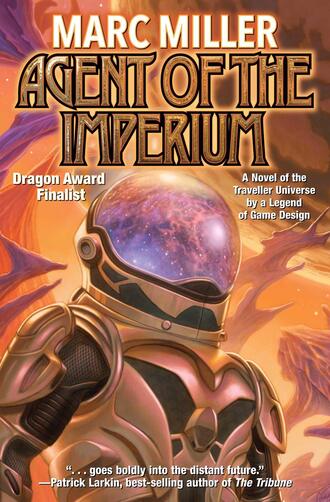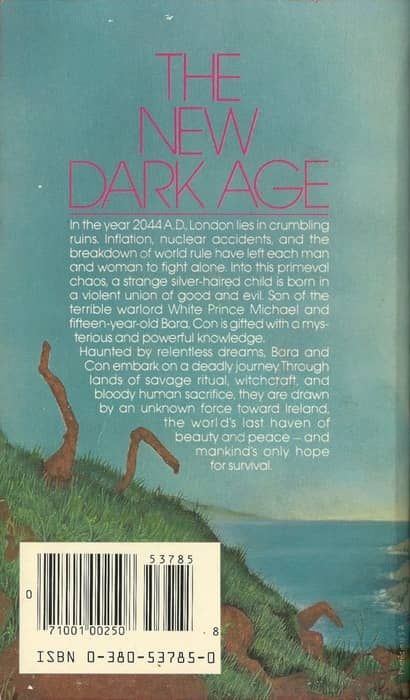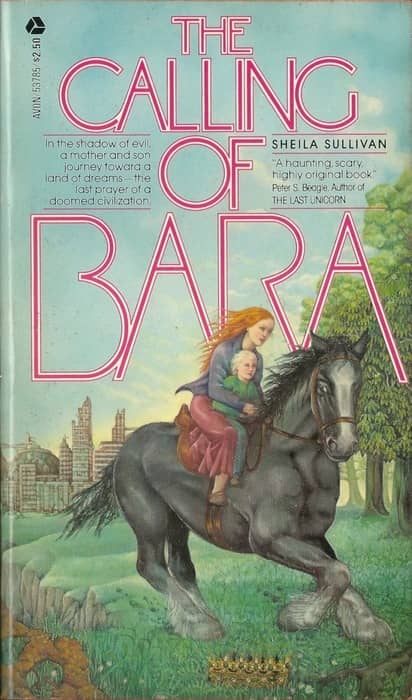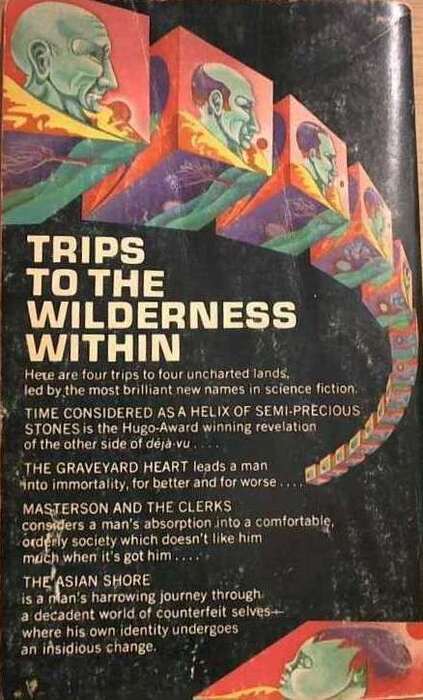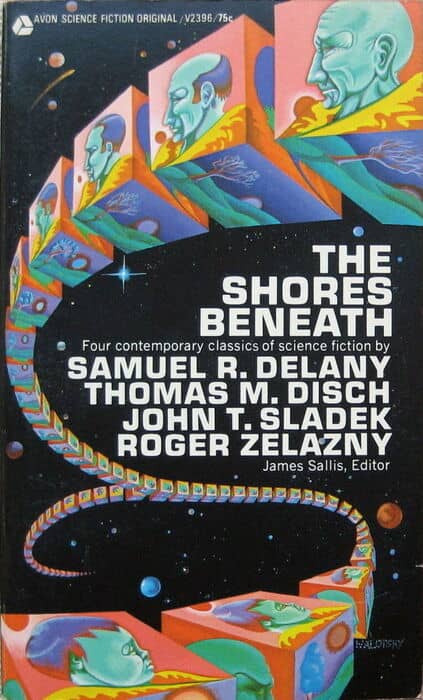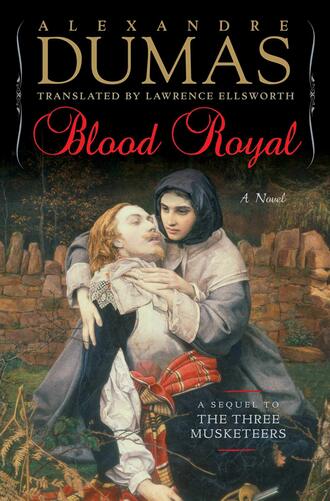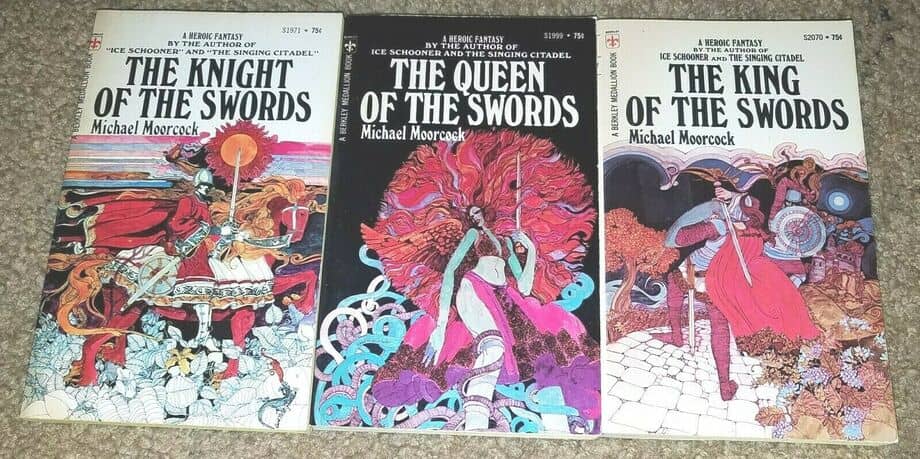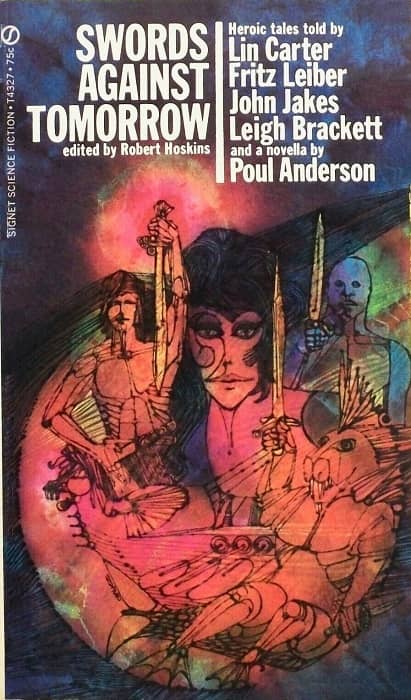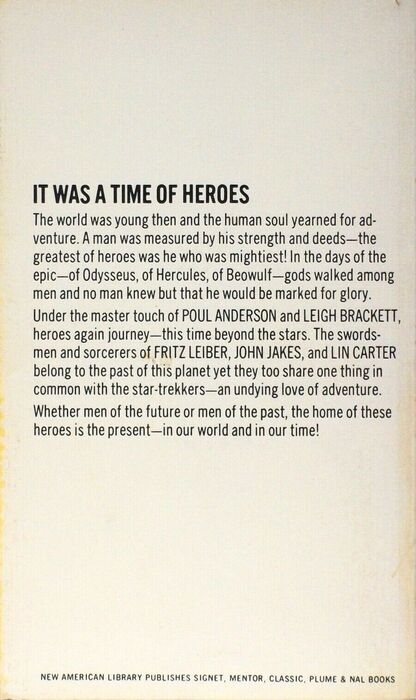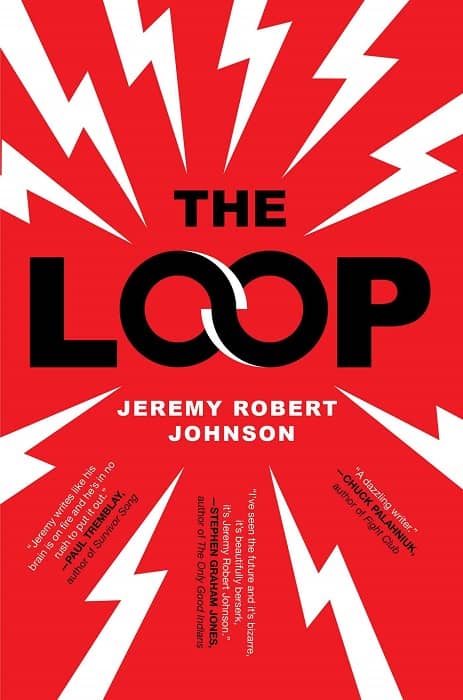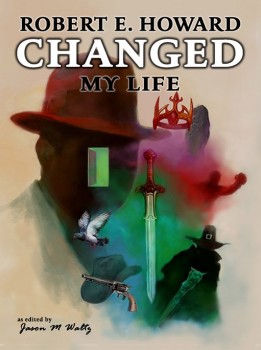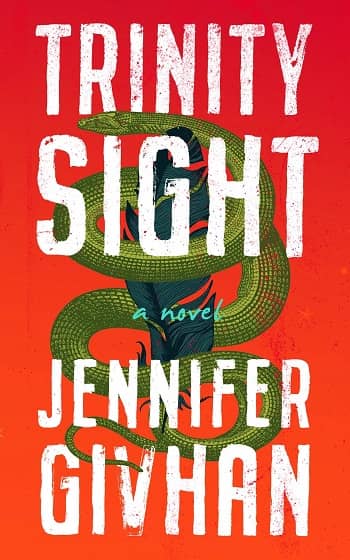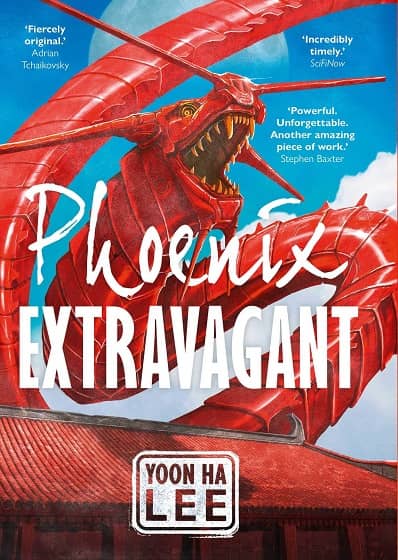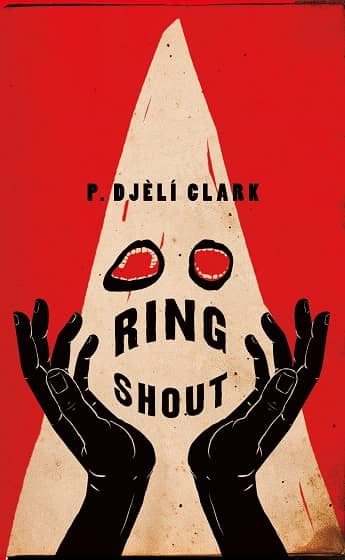Corum and Me: The Redemption of the Scarlet Robes
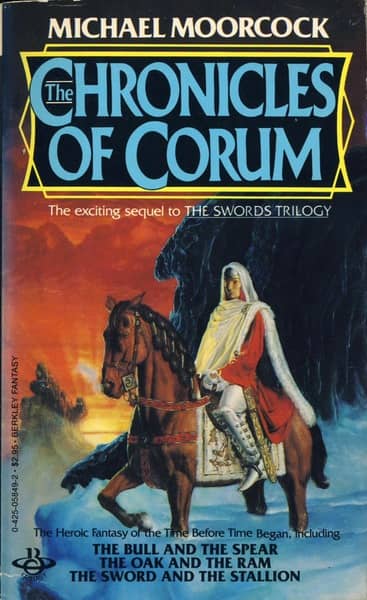 |
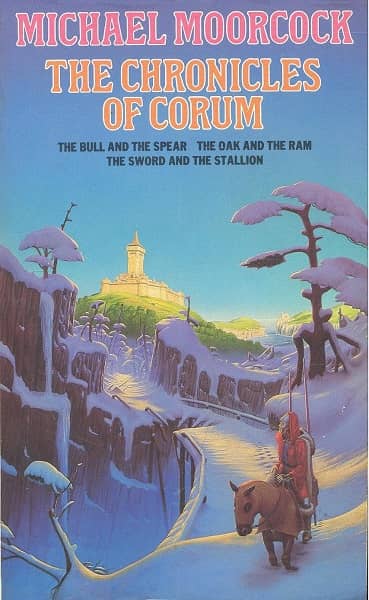 |
The Chronicles of Corum, Berkley Medallion (1983, artist uncredited) and Grafton (1987, Mark Salwowski)
In late 2017 I published an article at Black Gate called Elric and Me, in which I discussed revisiting Michael Moorcock’s most famous creation. Three years later, I’ve decided to revisit another of his creations, Corum Jhaelen Irsei, the Prince of the Scarlet Robe. Recently I published the first half of the essay, Corum and Me: The Disappointment of the Swords, which discussed my reaction to the first trilogy of Corum novels, frequently called The Swords Trilogy and comprised of The Knight of the Swords, The Queen of the Swords, and The King of the Swords. I came away from the trilogy disappointed and not looking forward to the follow-up trilogy, for my fond memories of Corum were rooted in the first trilogy. (Greg Mele presented a thoughtful counter argument here, in In Defense of Corum, Elric’s Brother-from-a-Vadhagh-Mother.)
The second trilogy, The Chronicles of Corum, including the novels The Bull and the Spear, The Oak and the Ram, and The Sword and the Stallion, is set centuries after the first. It opens several decades after The King of the Swords. Corum’s love, the Margravine Rhalina, has died and he is living an empty existence, occasionally kept company by his companion Jhary-a-Conal.
Suffering from dreams in which people are calling him, he discusses the situation with Jhary-a-Conal, who has a greater than typical understanding of the way the multiverse works. Jhary-a-Conal explains that Corum is being summoned by Rhalina’s distant descendants who are in need of a hero. Their calls are getting weaker as Corum continues to ignore them but if he chooses to go to their aid, it is not too late. Being a hero and an aspect of the Champion Eternal, Corum allows himself to be dragged into his future.
